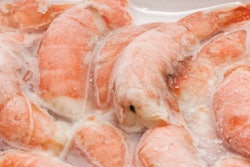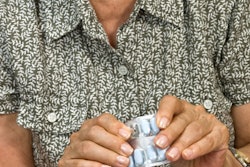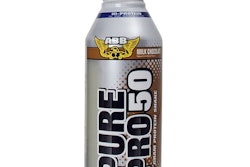Packaging World:
What do you mean by “tactile tactics” and what is the connection with package design?
Tamara Christensen:
It’s a method for determining consumer interest by privileging the sense of touch as the key element in the consumer’s experience of a brand. No one operates with just one sense: visual, kinesthetic, auditory, tactile. So it isn’t as if you’re setting out to design a package based only on touch, just as you wouldn’t set out to design a package based only on sight. Rather it’s an attempt to isolate the senses in certain activities and then bring them back together to see how they fit. By conducting activities with consumers based exclusively on tactility—for example, having people put their hand in a bag and hold a container they can’t see and then asking them to talk about what they are holding—we can eliminate that overwhelming reliance people tend to have on what they can see. At the same time, we gain tremendous insight into what they think about how a thing feels.
Is there anything about today’s marketplace or today’s consumer that makes this methodology any more important than it might have been in times past?
I don’t think so. It’s just that we’re paying more attention to it these days. Not only in package design, but in most areas of design and consumer research there’s a recognition that there’s an emotional or experiential connection that people have with products, and a great deal of the value people attach to products or packages or brands has as much to do with how something feels and how it’s experienced in day to day life as with how it looks. So this methodology is a unique opportunity to distinguish a package with a particular attention paid to how a package feels in the hands of a consumer. This is the kind of consumer insight that should fuel the design process in its earliest stages.
Can you share any examples of how this methodology has succeeded in helping you design a package?
Nondisclosure agreements make that a bit difficult. But generally speaking I think a good example of a container that is successful because of its feel in the hand is the Axe container for Unilever’s line of men’s body wash and personal care products. There’s something very compelling about it from a tactile perspective. Not just the shape, but also the texture and the off-centered angle of the bottle itself. They do a lot of marketing, don’t get me wrong, and that’s played a role in the product’s success, too. But there’s something so unique about the feel of that package. We use it in exercises we do with consumers to understand their reaction to certain tactile experiences. People identify it. It even delights children. There’s something pleasing about how complex yet smooth and harmonious that container is in the hand. They’ve done a good job of connecting a specific tactile experience with a brand.


























